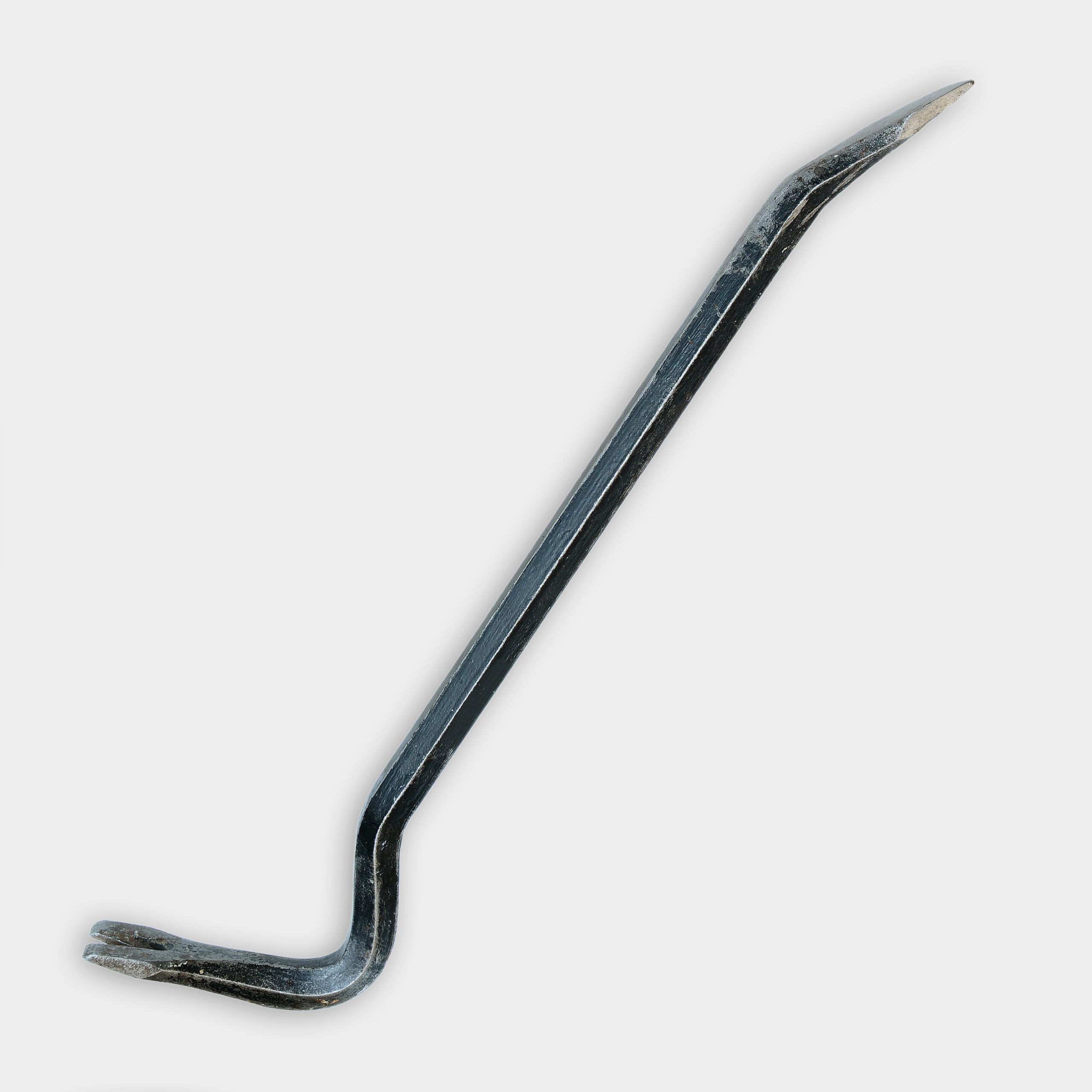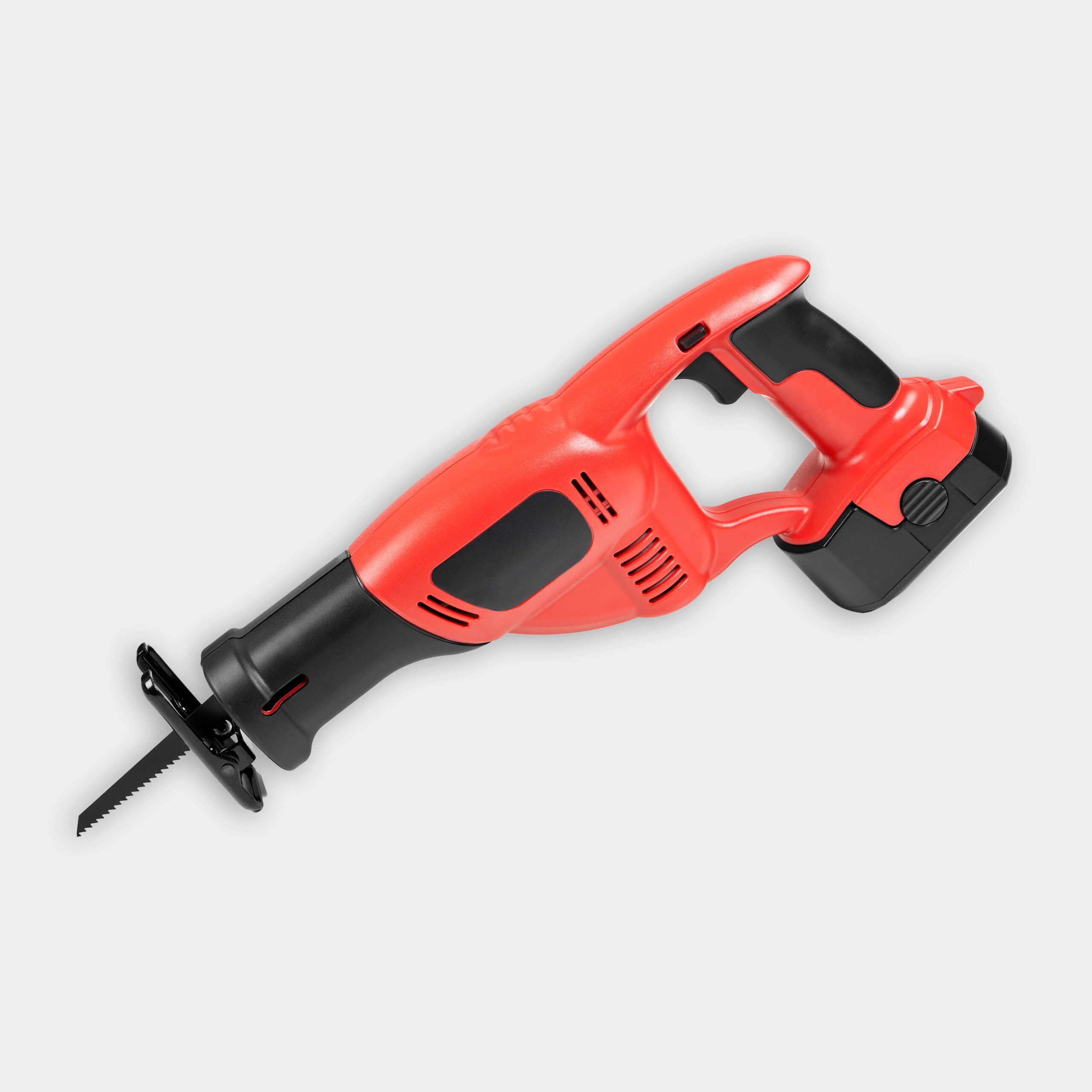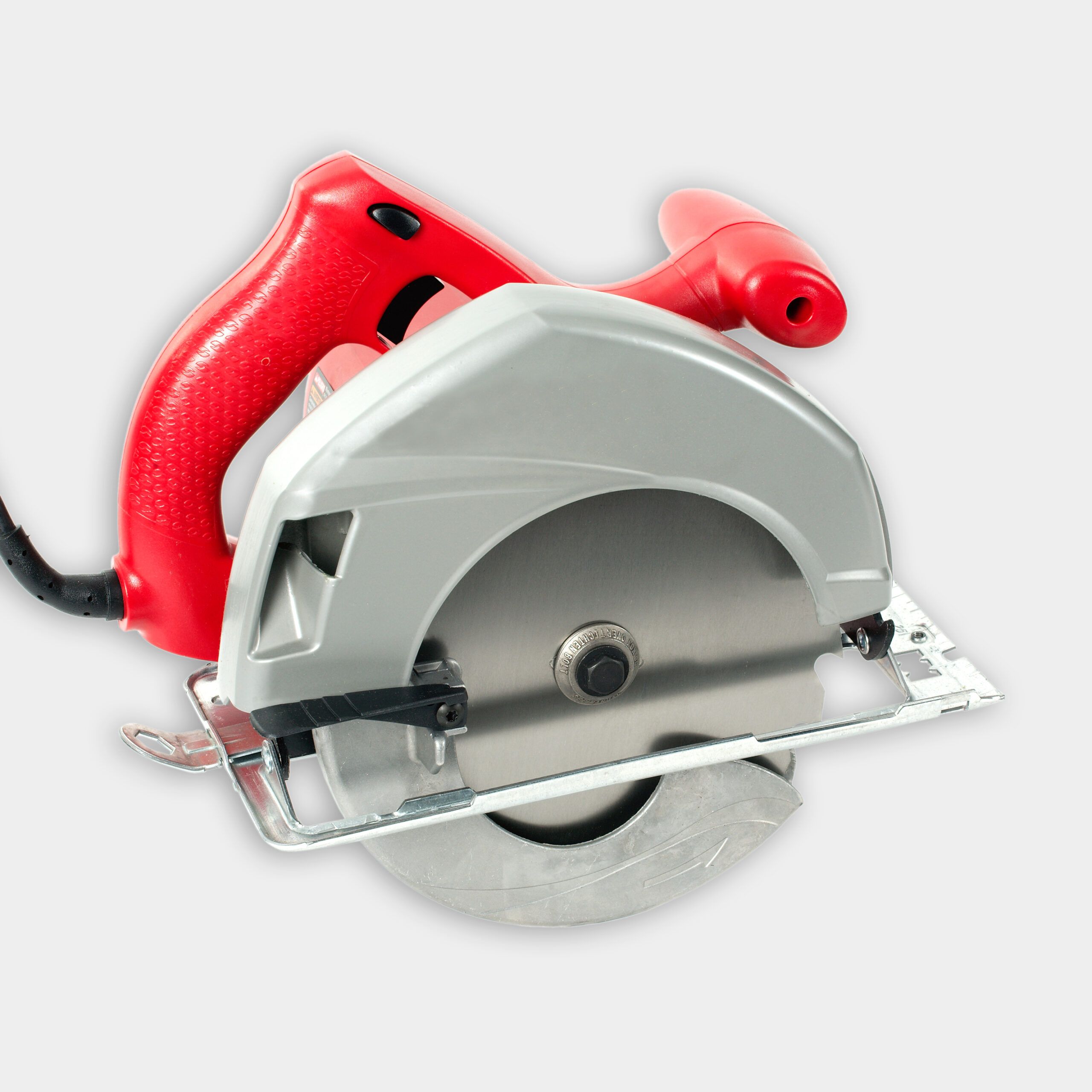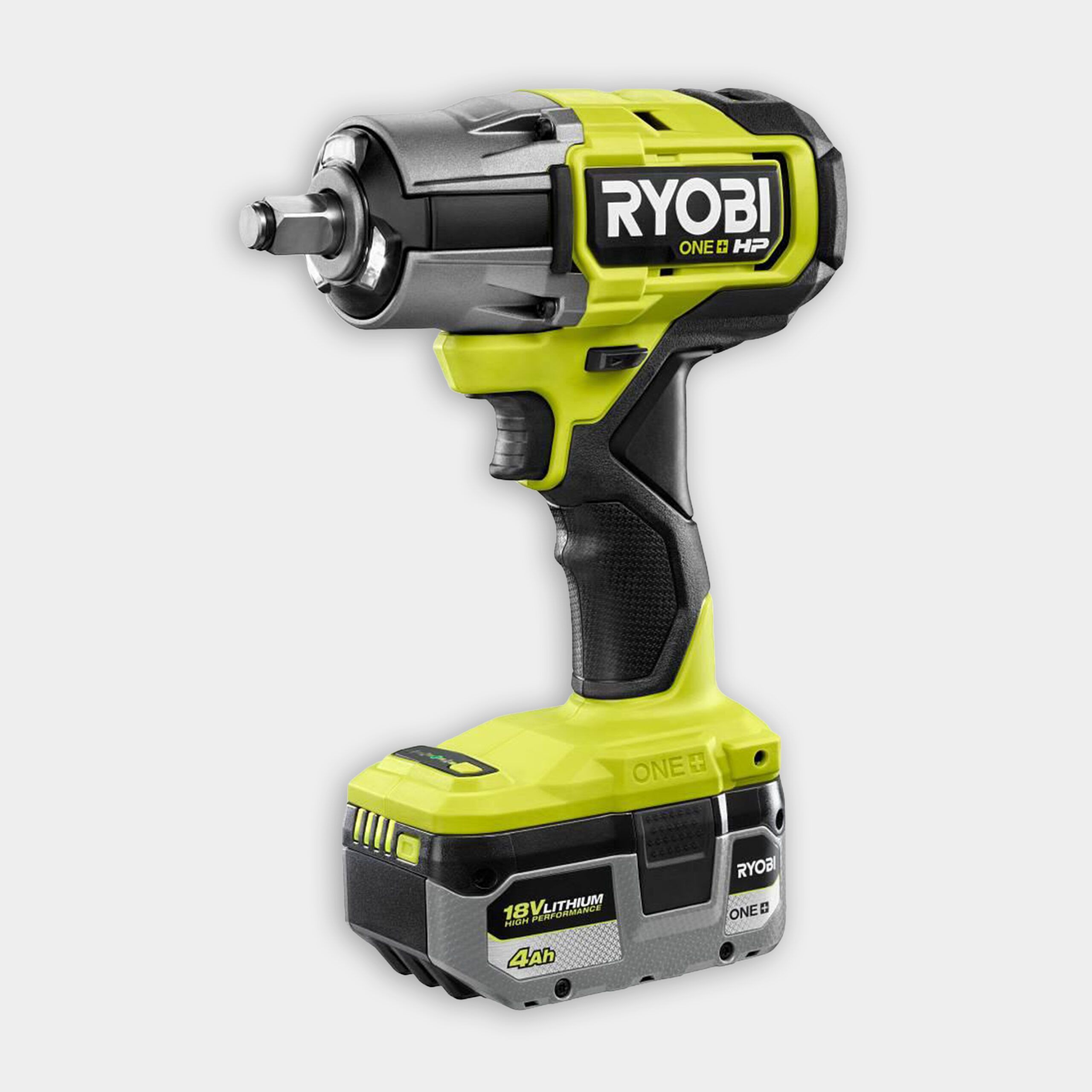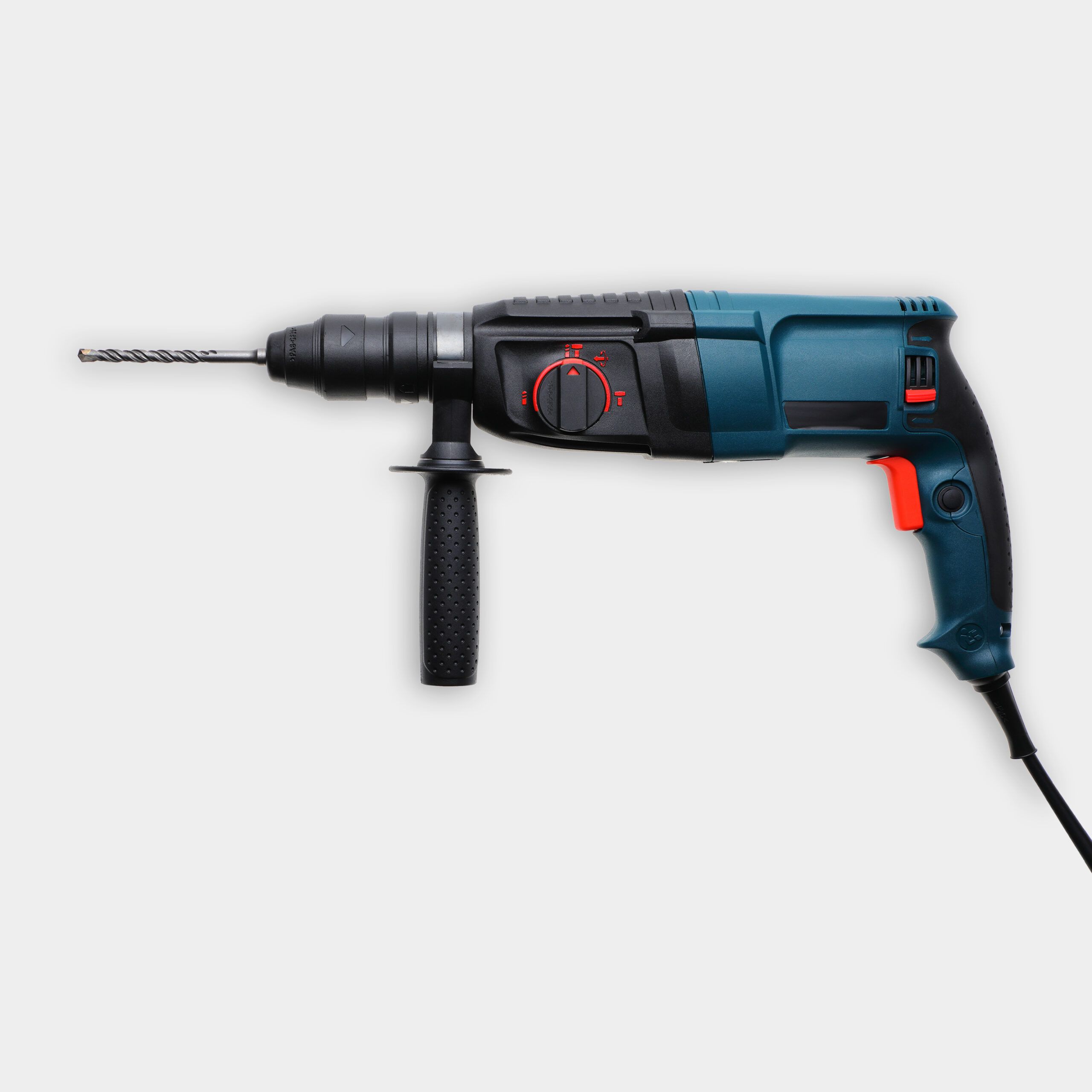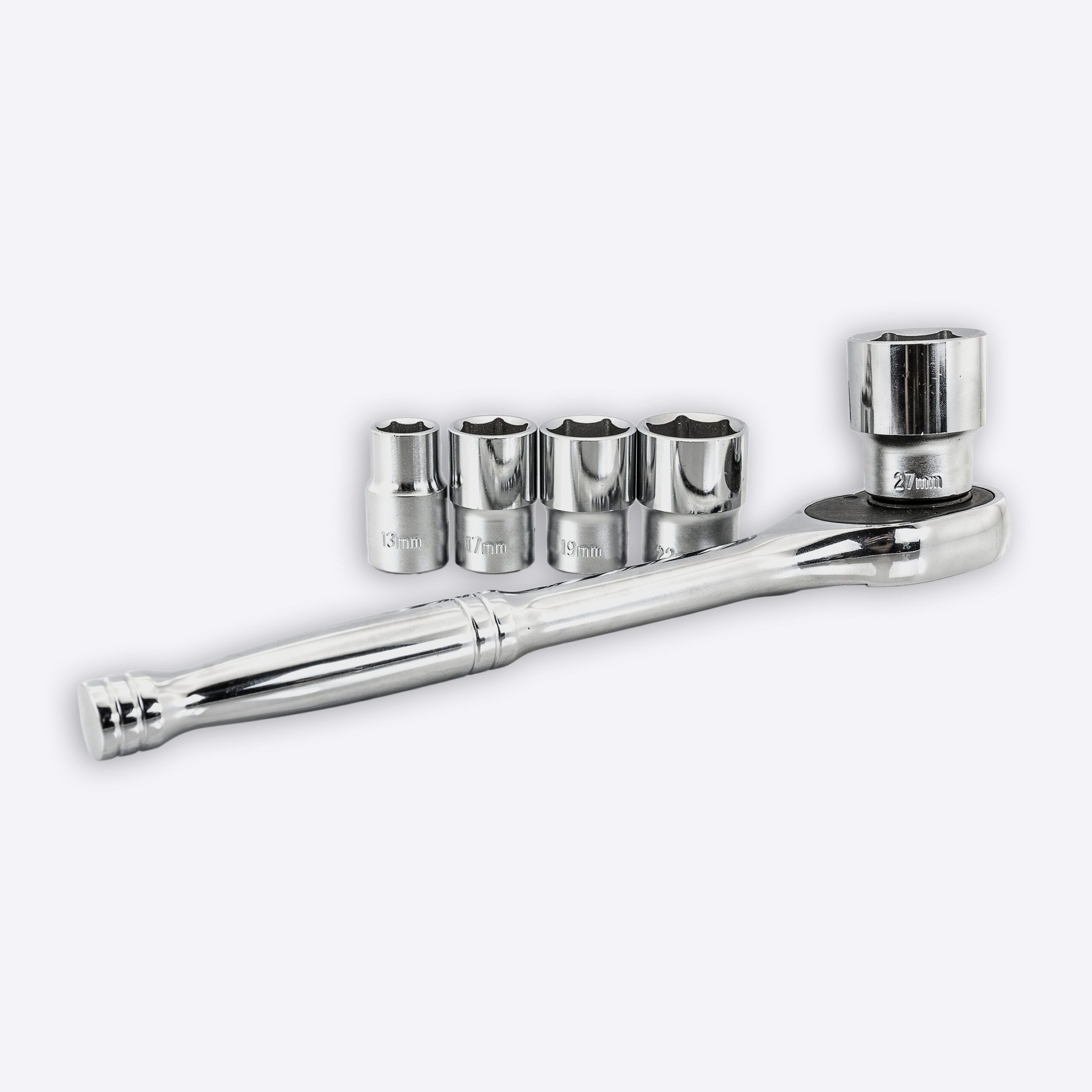We may be compensated if you purchase through links on our website. Our team is committed to delivering honest, objective, and independent reviews on home products and services.
Project details
Skill
Cost
Estimated Time
If you have wooden stairs leading up to your porch, you want them to be safe and easy to use. Replacing stairs can be a daunting task, but if you have some carpentry skills, patience, and attention to detail, this is a manageable DIY project. In the video above, This Old House general contractor Tom Silva and host Kevin O’Connor demonstrate how to construct new porch stairs to improve a home’s safety and accessibility. This article guides you through the process, from removing old steps to installing a new set complete with risers, treads, and railings.
Planning and Preparation for Porch Stairs
Thoughtful preparation helps the process go smoothly, resulting in a safe, durable staircase.
Assessing the Current Stairs
Look for issues such as:
- Uneven riser heights
- Inconsistent tread depths
- Loose or damaged boards
- Inadequate support structures
These problems can make stairs unsafe and challenging to navigate, especially for those with mobility issues.
Calculating Measurements
Accurate measurements are imperative for building safe, comfortable stairs. Key measurements include:
- Total rise (vertical distance from the ground to the porch)
- Run (the horizontal distance the stairs will cover)
- Number of steps needed
- Riser height (vertical distance between steps)
- Tread depth (horizontal distance of each step)
Confirm that your calculations comply with local building codes, which typically specify acceptable ranges for riser height and tread depth. Most building codes set the maximum riser height at 7 3/4 inches with a minimum tread depth of 10 inches.
In the video, Silva makes some changes to the standard requirements to make the stairs easier to use. He increased the number of stairs to have a lower riser height between stairs. He also cut the stringers at an angle so that the tread would be flush with the end of the rider, eliminating a trip point.
Gathering Materials and Tools
To build porch stairs, you’ll need the following materials:
- Pressure-treated 2-by-12 lumber for stringers
- Pressure-treated 2-by-6 lumber for support and framing
- PVC trim boards for risers
- Composite decking for treads
- Structural screws and masonry screws
- PVC plugs for concealing screw heads
Note: In the video, Silva selected PVC and composite materials that would be long-lasting and require no maintenance. However, you could select other materials, such as pressure-treated wood or cedar, depending on the look you want to achieve.
Must-have tools for the job include:
Steps for Building New Porch Stairs
Step 1: Removing the Old Stairs
The first step in building new porch stairs is to remove the existing structure. This process requires care to avoid damaging the porch or surrounding areas.
Detaching the Stairs
- Pry off the treads from the upper step to access the stringers.
- Use a reciprocating saw to cut through the top of the stringers, separating the staircase from the porch.
- Carefully remove the entire staircase structure.
Cleaning the Area
Once the old stairs are removed, clear away any debris or leftover materials. Then, inspect the area where the stairs were attached to the porch for any damage. Make any necessary repairs to the porch framing before proceeding with the new installation.
Step 2: Building the New Stairs
After removing the old stairs, you can begin constructing the new, improved staircase.
Cutting the Stringers
Stringers form the backbone of your stairs. To create them:
- Use a circular saw and jigsaw to cut six new stair stringers from pressure-treated 2-by-12 lumber.
- Cut four steps into each stringer and confirm consistent riser heights. Cut the stringers at an angle to allow for flush treads, eliminating potential trip hazards.
- Screw a pressure-treated 2-by-6 to the existing porch frame to provide extra support for mounting the staircase.
Assembling the Stringer Structure
- Space the six stringers 16 inches on center.
- Fasten a pressure-treated 2-by-6 across the tops of the stringers using 3-inch decking screws.
- Attach another 2-by-6 across the bottom ends of the stringers.
- Install a 2-by-6 toe kick to the bottom 2-by-6 for added stability.
Attaching the Stairs to the Porch
- Set the stringer assembly against the porch and secure it with several 8-inch structural screws.
- Use a hammer drill to create pilot holes through the bottom 2-by-6 and into the concrete walkway.
- Fasten the bottom of the staircase to the walkway using 3-inch masonry screws.
Make sure the stringer structure is firmly attached. This promotes the staircase’s overall stability and safety.
Step 3: Installing Risers and Treads
With the stringer structure in place, you can add the risers and treads to complete the stairs.
Adding PVC Risers
- Cut four risers from PVC trim boards to fit between the stringers.
- Attach each PVC riser to the stringers using specially designed screws.
- Conceal each counterbored screw head with a PVC plug for a clean finish.
Using PVC for risers offers durability and low maintenance, making your stairs long-lasting and attractive.
Installing Composite Treads
- Cut stair treads from composite decking material.
- Screw the treads securely to the stringers.
- Confirm each tread is level and properly aligned with the others.
Composite treads provide a sturdy, weather-resistant surface that can endure heavy use and various weather conditions.
Step 5: Adding Railings and Finishing Touches
A railing system is recommended for safety, and it can enhance the overall appearance of your porch stairs.
Installing the Main Handrail
- Use a welded steel handrail designed to meet building codes.
- Position the handrail between 34 and 38 inches above the nose of the stair treads.
- Secure the handrail brackets to the stringers or posts using appropriate fasteners.
Adding a Balustrade System
For additional safety and to create an attractive, cohesive look, add a balustrade system:
- Install a composite railing system alongside the welded steel handrail.
- Assemble the top rail, bottom rail, and balusters according to the manufacturer’s instructions.
- Confirm the balustrade is secure, properly fastened, and meets local building codes.
Adding a balustrade system provides extra safety, especially for young children or older adults, and adds a decorative element to the overall design of your stairs.
Incorporating Additional Safety Features for Porch Stairs
Consider incorporating other safety features to enhance accessibility and safety further.
Adding Anti-Slip Treads
Anti-slip treads improve traction and prevent slips, especially in wet or icy conditions. Choose anti-slip treads that match your composite decking. Securely attach them to the center of each step and make sure they are evenly spaced and aligned.
Installing Lighting
Proper lighting adds a modern touch to your stairs and increases visibility, preventing falls during dusk or at night. Choose weather-proof LED stair lighting and install lights on each tread or along the railing. You can connect the lighting system to an indoor switch for easy control, or choose solar-powered lights.
